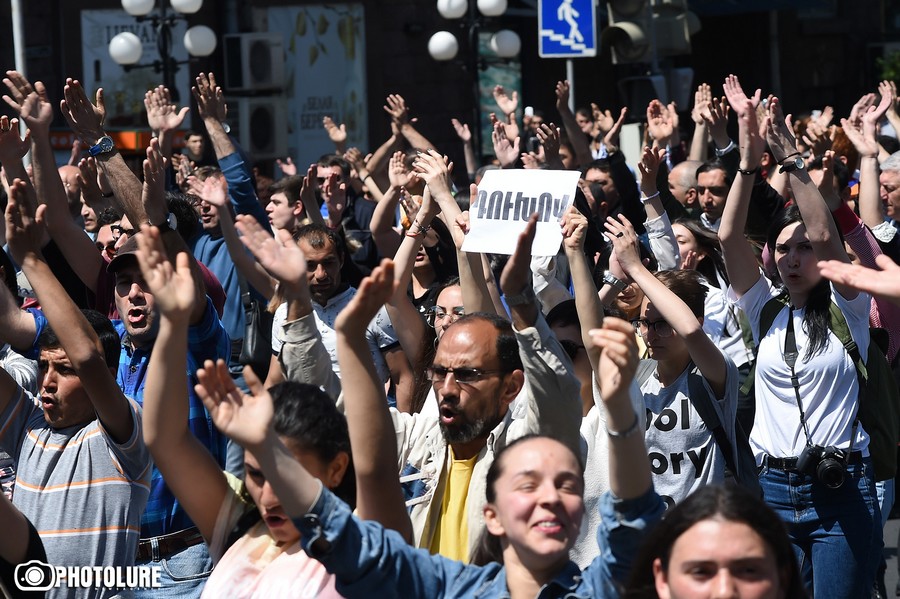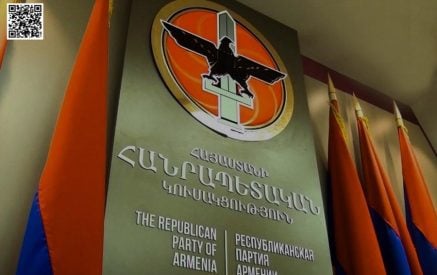There may be a need to rethink the existing temples
It is well known that at the root of the Zionism of Jewish nationalism is a religious myth (the myth does not contain an evaluative tone here, it is simply a narrative, the “right” or “wrong” of which is not essential). The name is directly related to the sacred Mount Zion, which is repeatedly mentioned in their spiritual texts. According to that myth, in the 70s CE, the Romans destroyed the Second Temple and expelled most Jews.
Every year during the Pesach holiday, Jews, wherever they are, vow to meet in Jerusalem the following year, and at the wedding, the bridegroom swears: “If I forget you, O Jerusalem, let my right hand be cut off.” These words are taken from the Psalms of David (137:5). Zionism is thus a key element in the state-building and nation-building of that people. As our prominent national thinker Hayk Asatryan wrote in the 1930s, “The secret of the power of Judaism is that Moses is trampling alive in the corner of every Jew’s heart.”
At the end of the 19th century, the Austrian journalist of Jewish origin, Theodor Herzl, designed the main directions for constructing the future Jewish state. Notably, Herzl emphasizes the religious component in his plans to resettle in Palestine. “In every group, there must be a rabbi around whom people who wish to resettle must gather… let the rabbi acquaint his flock with the goals of our work during the service, and let the faith of our fathers unite us again.”
Read also
Armenian nationalists avoided accepting the traditional Christian religious component as the basis of their ideology. Garegin Nzhdeh considered our nation “a victim of Christian morality, which continues to remain as paint and makeup, a veil and mask for the soul of the strong.”
Without coming into sharp contrast with Christianity, he proclaimed the worship of the tribe as a religion, which is why the movement he founded is called “tribe religion-Tseghakronism” These approaches condition the search for characters outside of Christian myths.
Nzhdeh, in particular, noted the significance of the mythology of the pagan period. He says Vahagn is “the God of the ancient Aryan Armenians. A new holy book will be placed in our people’s hands- the Arian gospel. Temples for Vahagn will be built in every place where Armenians live.”
Such temples, however, were not built en masse and, at least, had no unifying significance.
If we accept that a myth, a narrative is necessary for nation-building and state-building, then what is such a starting point for the current government? Probably, human rights, democracy, and building a “proud citizen” can be considered “officially” as such.
Today’s authorities believe in that narrative just as much as the RPA (Republican Party of Armenia) believed in tribalism- Tseghakronism. But the problem is not only not believing, not being sincere, and acting in the opposite direction. The problem is that these undoubtedly essential values cannot play a unifying role for the nation.
It is impossible to build “temples of a proud citizen” whose “priests” will say that the history of the Armenian people began in 2018 and that millions of Armenians living all over the world will gather every Sunday.
Especially since there are already such temples around the world, to spoil relations with the Armenian Apostolic Church (I’ll try to find a mild definition) was a manifestation of short-sightedness. But the church, St. Etchmiadzin, and Antilias should rethink their roles. How? – is a separate topic.
Similar to Zionism, some Armenian researchers suggested the term “Araratism.” Maybe that’s one of the reasons for attacking Mount Masis?
Aram ABRAHAMYAN
“Aravot” daily newspaper, 11.07.2023





























































